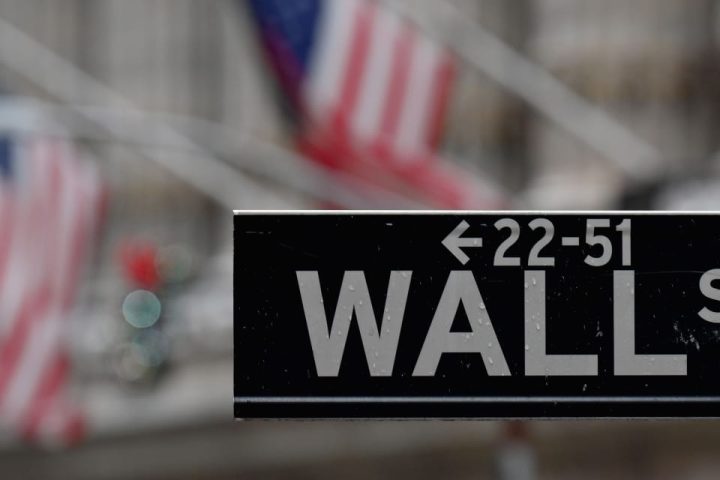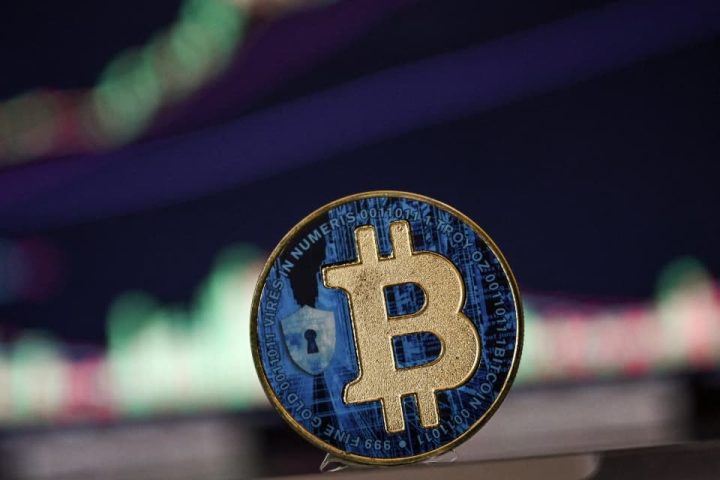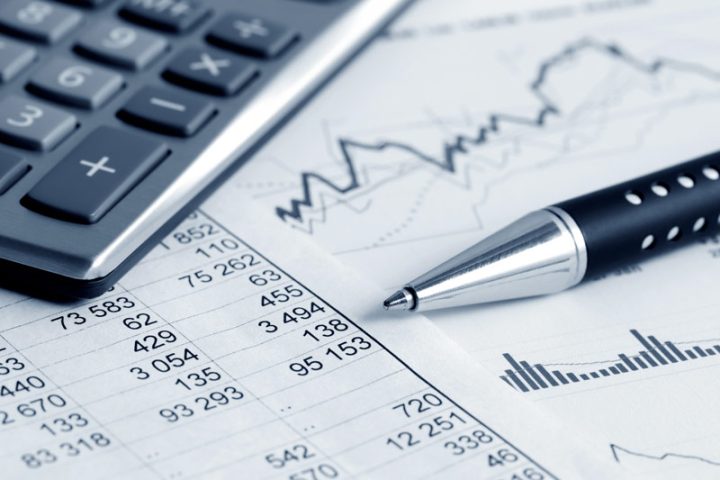Ever since the pandemic started to lose its grip on the economy in 2022, fears of a recession have waxed and waned. Most of 2023 was spent awaiting the downturn. And with less than two more months left in this calendar yet, these concerns have naturally shifted to 2024.
But gradually, a new outlook has emerged that asks “why must there be a landing at all?”
This view is the consensus forecast of 34 economists surveyed by the Philadelphia Fed and released Monday. The Survey of Professional Forecasters is the oldest quarterly survey of macroeconomic forecasts in the U.S., having started in 1968.
“The outlook for the U.S. economy looks somewhat better now than it did three months ago,” the survey found.
On an annual-average over annual average basis, the forecasters expect real GDP to increase at a 2.4% rate this year and slow only marginally to a 1.7% rate in 2024.
These annual projections are 0.3 and 0.4 percentage points higher than estimates in the previous survey.
The forecasters only see a small increase in joblessness. On an annual-average basis, the forecasters expect the unemployment rate will slowly trend higher from 3.7% this year to 4% in 2026.
Inflation will trend down but only slowly.
They forecast the annual average for the personal consumption expenditure price index, the Fed’s favorite measure, will be at the Fed’s 2% target through 2024 and just above it, at 2.1%, in 2025.
Some economists think the Fed might have to hike interest rates again because the resilient economy could push inflation higher.
While the economy can keep flying, the risks of a hard landing have not gone away, the economists said.
In fact, the forecasters have raised their probability estimates for negative growth in the first three quarters of next year. The forecasters predicted a 40.9% chance of negative growth in the first quarter — the most likely negative-growth scenario, they said. It was followed by 40.2% in the second quarter and 36.8% in the third quarter.
The consensus forecast masks that economists are deeply divided over the outlook for 2024. For instance, economists at UBS posted their forecast early Monday that sees U.S. GDP dropping to just a 0.3% rate in 2024.
In contrast, Goldman Sachs economists said they see a much stronger 1.8% growth rate on a fourth-quarter over fourth-quarter basis.
Read the full article here







